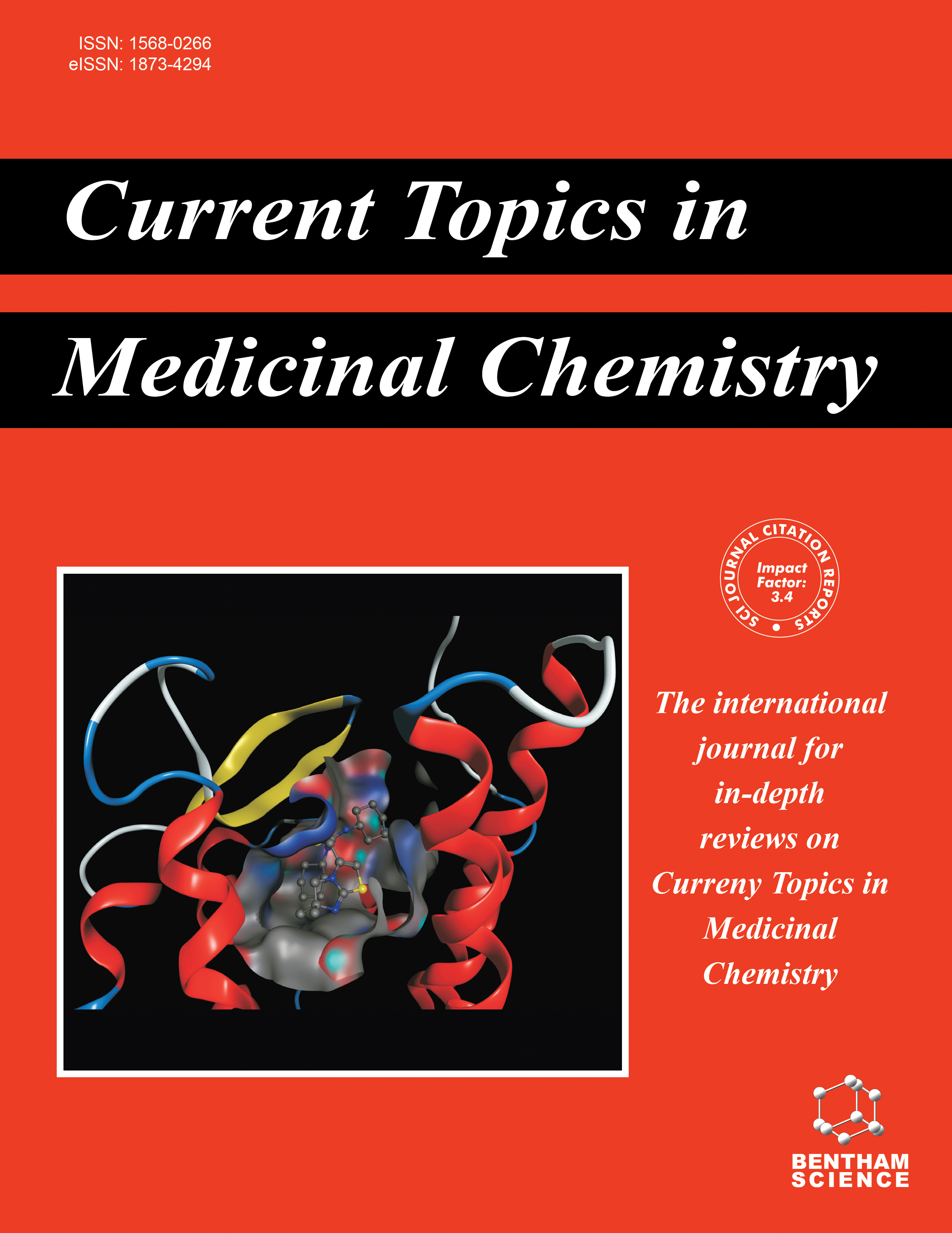
Full text loading...
In continuation of our chemical and biological work on Tithonia tubaeformis, we evaluated the antipyretic activity of its extract which on fractionation gives a pure alkaloid galegine. Galegine a bioprivileged compound, is a hemiterpene bearing a guanidine group, which holds significant importance in medicinal chemistry. Biological activities such as antimicrobial, antidiabetic, anti-inflammatory, cardiovascular, anticancer, and antihypertensive, are often associated with guanidine-containing molecules.
Given the biological importance of guanidine and in search of safe antipyretic agents from natural resources, an in vivo antipyretic activity of methanolic extract of T. tubaeformis and galegine was conducted to discover a potential hypothermic drug candidate from the plant.
In vivo, the antipyretic activity of galegine (5, 25, and 50 mg/kg doses) and methanolic extract of T. tubaeformis (50, 100, and 200 mg/kg doses) was investigated by employing yeast-induced pyrexia in mice model. In silico molecular docking analysis involving target enzymes cyclooxygenase-1 (COX-1), cyclooxygenase-2 (COX-2), and microsomal prostaglandin E synthase-1 (mPGES-1) was conducted. Additionally, galegine underwent ADME/T profiling using SwissADME and Protox-II tools to evaluate its bioavailability and safety profiles.
Both the extract and galegine showed a progressive dose-dependent reduction in body temperatures of the hyperthermic test animals. Moreover, in silico molecular docking analysis revealed significant binding affinities ranging from -3.58 to -5.41 kcal/mol. ADME/T analyses of galegine predicted its high drug-likeness and good safety profile.
These biological and computational approaches supported T. tubaeformis in addressing pyrexia, with the isolated compound galegine emerging as a promising antipyretic agent.

Article metrics loading...

Full text loading...
References


Data & Media loading...
Supplements

